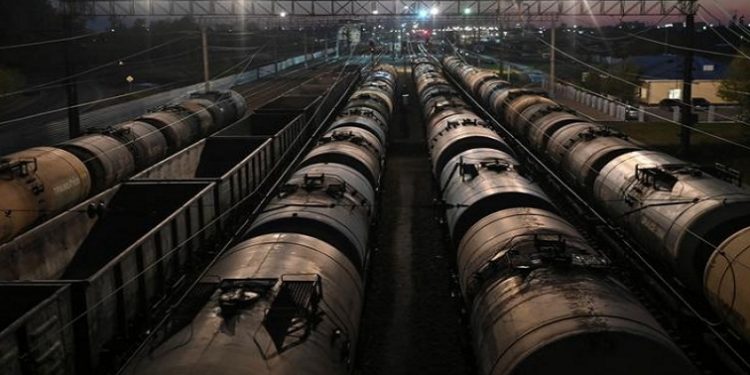Oil prices continued their downward trajectory for a second consecutive session on Monday, driven by China’s sluggish economic growth in the second quarter and the resumption of oil production in Libya. These developments have raised concerns about the demand outlook in China, the world’s second-largest oil consumer, leading to a decline in oil prices.
China’s National Bureau of Statistics released data revealing that the country’s gross domestic product (GDP) grew by a mere 0.8% in the April-June period compared to the previous quarter. This figure fell below expectations and indicated a rapid deceleration in China’s post-pandemic recovery. The weakening demand both domestically and internationally has played a significant role in this economic slowdown. Warren Patterson, the head of commodities research at ING, noted that the disappointing GDP results would do little to alleviate concerns over the Chinese economy.
Meanwhile, over the weekend, Libya resumed its oil production, adding to the mounting pressure on oil prices. As a major oil-producing nation, the resumption of Libyan output signifies an increase in global oil supply, exacerbating the existing concerns about demand.
As a result of China’s economic slowdown and Libya’s increased production, oil prices experienced a further decline. Brent crude futures dropped by 72 cents, or 0.9%, settling at $79.15 per barrel by 0333 GMT. Simultaneously, U.S. West Texas Intermediate crude stood at $74.75 per barrel, down 67 cents, or 0.9%.
In contrast to China’s economic slowdown, Chinese refineries demonstrated signs of increased activity, processing 1.6% more crude oil daily in June compared to May. This rise in processing volumes aligns with the strong imports witnessed by the world’s top crude oil importer last month.
Market participants will closely monitor the interplay between China’s economic performance, Libyan production levels, and global oil demand in the coming weeks. The oil market remains influenced by multiple factors, including geopolitical tensions, supply and demand dynamics, and global economic conditions.
Amidst the current landscape, the industry awaits further developments that may impact the stability of oil prices, while acknowledging the inherent uncertainties in the global energy market.















